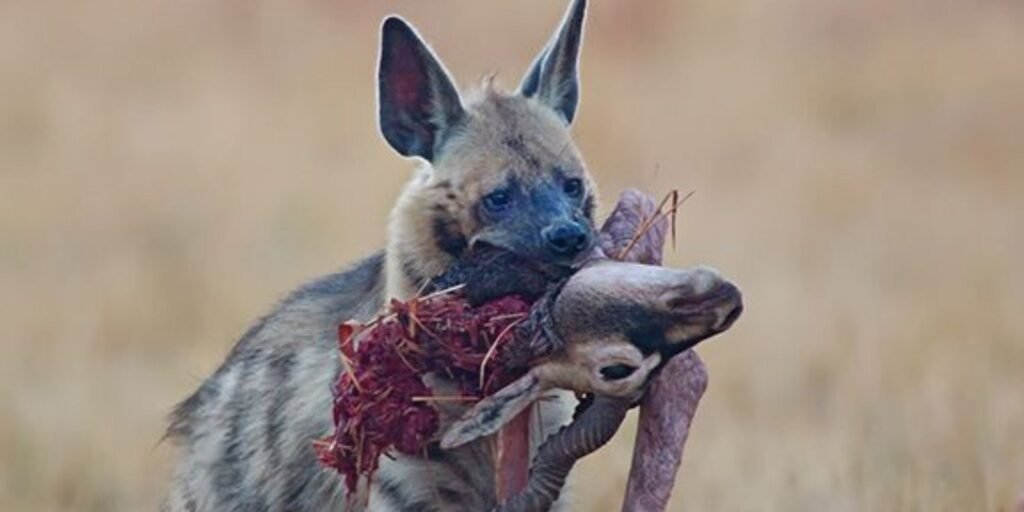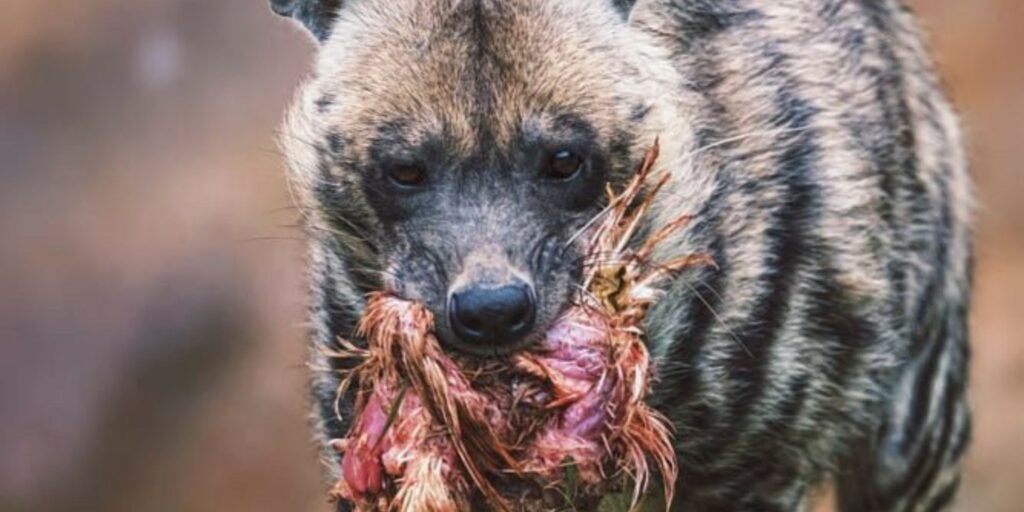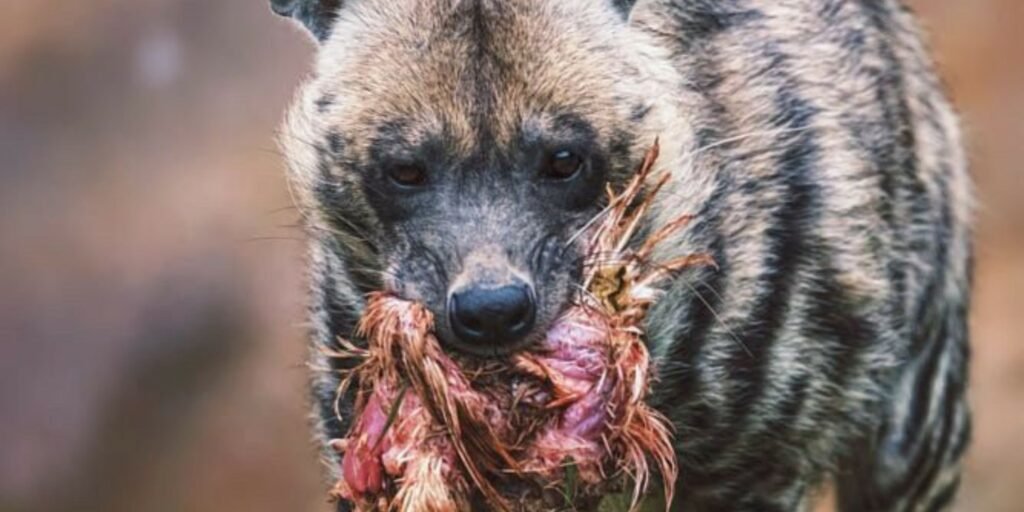The African wild dog (Lycaon pictus), also known as the painted wolf, is one of the most endangered carnivores in Africa. With its striking coat of irregular patches of yellow, black, and white, the African wild dog captures the attention of anyone lucky enough to spot it in the wild. However, despite their beauty and adaptability, African wild dogs face severe threats to their survival. So, how many African wild dogs are left? Currently, the population is estimated to be around 6,000 individuals, making their conservation crucial. In this article, we will explore the current population of African wild dogs, the challenges they face, and the efforts being made to protect and conserve this iconic species.
What Are African Wild Dogs?
Before examining their population numbers, it is essential to understand African wild dogs and their unique characteristics. African wild dogs are social, highly cooperative predators that live in packs. They are native to sub-Saharan Africa, where they primarily inhabit savannas, woodlands, and other open habitats. Unlike many other carnivores, they rely on teamwork to hunt and raise their young, making them one of the most effective predators in Africa.
African wild dogs have a distinct appearance, characterized by their large, rounded ears, long legs, and irregular coat patterns. Their coats consist of a patchwork of colors, usually a mix of yellow, brown, black, and white, giving them the “painted” look for which they are named. These dogs are also known for their endurance when hunting, often chasing prey over long distances until their target is exhausted.
The Current Population of African Wild Dogs

According to the most recent estimates, the population of African wild dogs in the wild is critically low. Fewer than 7,000 individuals are estimated to remain across the continent. This number is continually fluctuating due to various factors, including habitat loss, human-wildlife conflict, disease, and poaching. These factors make the African wild dog one of the most vulnerable species on the planet.
The majority of these populations are located in southern and eastern Africa, particularly in Botswana, Zimbabwe, Tanzania, and South Africa. There are also smaller populations in Mozambique, Kenya, and Malawi.
Distribution of African Wild Dogs
Historically, African wild dogs were widespread across Africa, ranging from the Sahara Desert to South Africa. However, habitat destruction and human activities have drastically reduced their range. Today, African wild dogs are primarily found in protected reserves and national parks, where conservation efforts have been focused on preserving their populations.
Botswana holds the largest population of African wild dogs, with significant numbers found in the Okavango Delta and surrounding areas. Other strongholds include Zimbabwe’s Hwange National Park and Tanzania’s Selous Game Reserve
Population Trends
The population of African wild dogs has experienced significant fluctuations over the years. While numbers have been stable in certain areas, the overall population trend has been downward. The African wild dog is classified as “Endangered” by the International Union for Conservation of Nature (IUCN). Habitat loss is the primary cause of this decline, but disease and human-wildlife conflict also play critical roles.
Outbreaks of diseases like rabies and canine distemper have severely impacted the population of African wild dogs, decimating entire packs. Domestic dogs, which often come into contact with wild dog populations, are responsible for spreading these diseases. As a result, wild dog populations suffer high mortality rates, further contributing to the species’ endangered status. Furthermore, the fragmentation of habitats due to agricultural development, human settlement, and infrastructure expansion makes it increasingly difficult for African wild dogs to find suitable areas to live and hunt.
Threats to African Wild Dogs’ Survival
Several factors are responsible for the decline in African wild dog populations. Each of these threats plays a crucial role in preventing the species from thriving, and together, they create a compounded danger for the species’ future.
Habitat Loss and Fragmentation
The most significant threat to African wild dogs is habitat loss. As human populations expand and agricultural activities increase, the natural habitats of many wild species, including African wild dogs, are disappearing. Large swathes of land that once provided ideal territories for hunting and denning are being cleared for farming, infrastructure development, and urbanization.
Habitat fragmentation is another crucial issue. As large, continuous habitats are broken up into smaller, isolated patches, African wild dogs find it increasingly difficult to move between these areas. This isolation prevents the species from maintaining healthy, viable populations, leading to inbreeding and reduced genetic diversity. The fragmentation also makes it more challenging for packs to find prey and interact with one another, which is essential for their social structure and survival.
Human-Wildlife Conflict

Human-wildlife conflict is a pervasive issue for African wild dogs. As human populations expand into previously wild areas, the chances of wild dogs coming into contact with people increase. African wild dogs may raid livestock pens in search of food, leading to retaliation from farmers. In some cases, farmers will kill wild dogs to protect their livestock, further reducing the population.
Hunters and poachers often target African wild dogs, trapping or killing them for illegal hunting activities. They sell the pelts and body parts on the black market, which contributes to the species’ endangered status.
Disease Transmission
Disease transmission is another major threat to African wild dogs. Canine distemper and rabies are two diseases that have had devastating effects on wild dog populations. These diseases often spread from domestic dogs or other wildlife species that come into contact with wild dog packs. In some instances, outbreaks have led to the deaths of entire packs, severely impacting the overall population.
Inbreeding and Genetic Bottlenecking
As African wild dog populations become more isolated and fragmented, the risk of inbreeding increases. When genetic diversity is reduced, it becomes more difficult for the population to adapt to environmental changes, diseases, or other stressors. Inbreeding can also lead to the expression of harmful genetic traits, further weakening the population.
Conservation efforts have focused on maintaining genetic diversity by connecting isolated populations through wildlife corridors or translocating individuals between reserves. However, gene flow is slow and challenging, as wild dogs are territorial animals that rely on pack dynamics.
Conservation Efforts for African Wild Dogs
Given the critical state of African wild dogs, various conservation initiatives are underway to protect and restore their populations. These efforts involve local communities, governments, and international organizations working together to address the key threats to the species and provide support for their survival.
How many African wild dogs are left? :Protected Areas and Wildlife Reserves
One of the most important measures for protecting African wild dogs is the establishment of protected areas and wildlife reserves. These areas provide safe habitats where wild dogs can roam, hunt, and breed without the threat of human encroachment or habitat destruction. In countries like Botswana, South Africa, and Tanzania, national parks and game reserves have become crucial strongholds for the species.
Additionally, some protected areas focus on monitoring and managing African wild dog populations to ensure their survival. These areas use tracking technologies, camera traps, and field research to gather data on wild dog behavior, reproduction, and pack dynamics.
How many African wild dogs are left? :Community Involvement and Conflict Mitigation
Another essential aspect of African wild dog conservation is community involvement.
Local communities often live near wild dog habitats and experience direct impacts from human-wildlife conflict. By working with communities to mitigate conflict, conservationists can reduce the number of retaliatory killings of wild dogs and improve relations between people and wildlife.
Programs that promote livestock protection, such as building predator-proof enclosures or providing compensation for livestock losses, can help reduce the tension between farmers and wild dogs. Additionally, community education about the ecological role of African wild dogs and the importance of preserving biodiversity can encourage people to support conservation efforts.
How many African wild dogs are left? :Disease Control and Management
Controlling the spread of disease is a critical element in African wild dog conservation. Vaccination programs for domestic dogs in areas near wild dog populations can help reduce the risk of diseases like rabies and canine distemper spreading to wild dogs. In some cases, wildlife health programs monitor the health of wild dog populations and prevent outbreaks before they spread.
How many African wild dogs are left? :Translocation and Genetic Management
In some cases, African wild dogs have been translocated to new areas to enhance genetic diversity and strengthen isolated populations. By moving individuals between reserves or introducing new members to existing packs, conservationists aim to improve the genetic health of the population and increase the species’ chances of survival.
How many African wild dogs are left?:Conclusion: What Does the Future Hold for African Wild Dogs?

The population of African wild dogs remains critically low, but there is hope. Through ongoing conservation efforts and a focus on addressing the key threats to their survival, we can help ensure that African wild dogs continue to thrive in the wild. Protecting their habitats, mitigating human-wildlife conflict, and managing disease transmission are all essential components of a successful conservation strategy.

